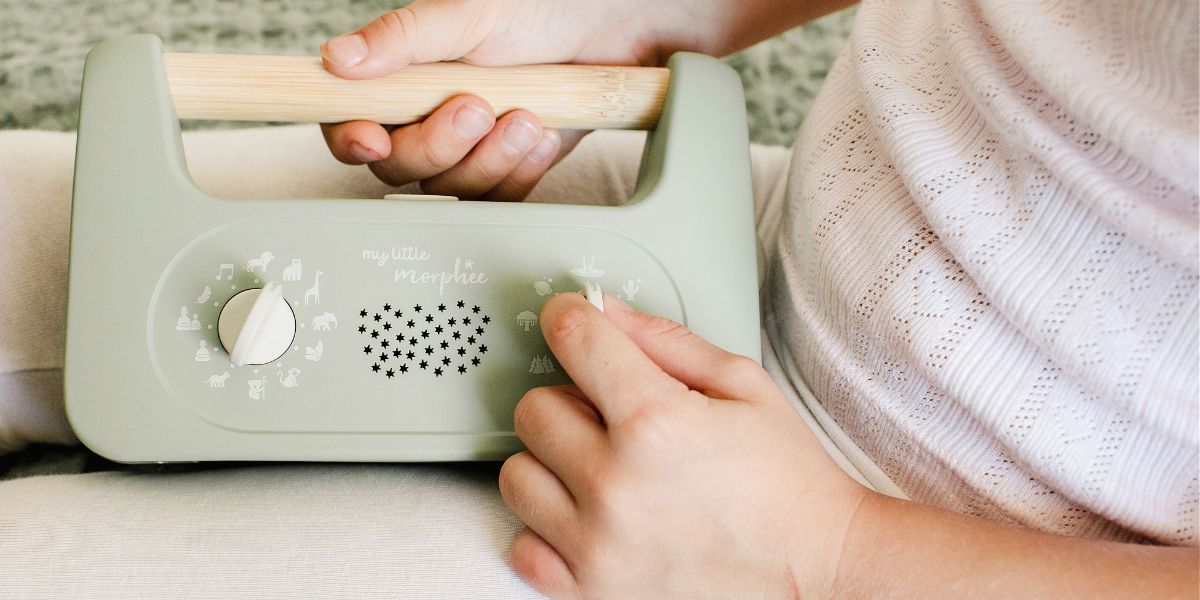The summer holidays are almost over, which means the September back-to-school rush is right around the corner. Whilst starting a new school year can be exciting for some children, for others it can bring around feelings of anxiousness. As parents, there is nothing worse than seeing your child getting worked up about the new school year no matter how old they are. Anxiety will affect every child differently, but here are a few common signs.
- Feeling sick
- Irritable bowel syndrome (IBS), diarrhoea or needing to pee more
- Getting very hot
- Alert to noises, smells or sights
- Worrying so much that it is difficult to concentrate or sleep
- Withdrawing or isolating themselves
- Becoming very clingy to their parents
- Eating more or less than usual
Anxiety-busting activities
The team have put together a collection of activities you can introduce to your children to help them with their anxiety at any point of the year.
Journaling

Journaling is a powerful tool for managing anxiety, providing a therapeutic outlet for our thoughts and emotions. Your child can set out a part of their day to sit down by themselves and write out how they are feeling. By putting thoughts onto paper, it can help your child to find out what is causing them anxiety. It may be that they are worried about making friends, having new teachers that they don't know or they are stressed about the increase in workload. Regular journaling also allows your older children to track patterns and identify recurring stressors, aiding in problem-solving and coping strategies.
A worry box

A ‘worry box’ is a place where your child can store away their problems until they are ready to deal with them. When they become worried about something, they can write it down on a piece of paper and pop it into their box. This method of writing down a worry and throwing it into a box can be very soothing, it will give them a physical way of getting rid of their worries, so they don’t need to carry them around. At a chosen time, you can sit down with your child and go through their worries to help come up with some solutions.
Meditation

Meditation isn’t just for adults, regular meditation sessions can teach children how to calm themselves down and make them feel less anxious in certain situations. Whilst your child is meditating, they will bring their mind and focus onto their breath and the session, helping them to eliminate any distractions and worries they might be feeling.
For younger children aged three to eight, we have a guided meditation device called My Little Morphée, which has been created by child relaxation specialists. Let your child have freedom to choose which journey and which animal they want to take them on their journey. Each animal represents a different facet of emotions such as confidence, courage and happiness, which will enable them to understand different emotions better, which should help with anxiety.
For older children, we have two different products, our original Morphée and our Morphée Zen which are both guided meditation session devices created to help with relaxation. Morphée Zen is our newest device that has been created so you can listen to a meditation session wherever you are. Each session only last 5 minutes so can be listened to in between classes or on their lunch break if they need that moment of calm during a busy school day.
P.s. we have a 15% discount going live on the 25th August for a limited time only!
Fidget toys
Fidget toys were very popular around a year ago, and they can still help children if they are feeling anxious. The sensory toys have been designed to help children focus on something other than how they are feeling, which brings around a sense of peace. Some of the most popular fidget toys include a stress ball, bubble pop-its and fidget spinners.
Exercise

You have heard us talk about it time and time again, but exercise really is one of the best medicines. Physical activities can benefit our mental health as it stimulates the release of endorphins, which are our natural mood lifters. Exercise can also be a great distraction for their worries, whether that be a family walk, a swimming lesson or a run around in the park, children should get around 1 hour of exercise in a day.
A comfort jar

No matter how young or old your children are, we all like to hear comforting messages and positive affirmations. Start by grabbing a jar and filling the jar with pieces of paper that have a positive message or quote on them. Each message can act as an instant source of motivation when they are feeling anxious, and it is a way of helping with their anxiety even if no one is there to comfort them.
These are just a few anxiety-busting activities that can be used by your children at any time of the year. Remember, anxiety in children and adults can present itself in many different ways and each person will cope with it differently as well.






